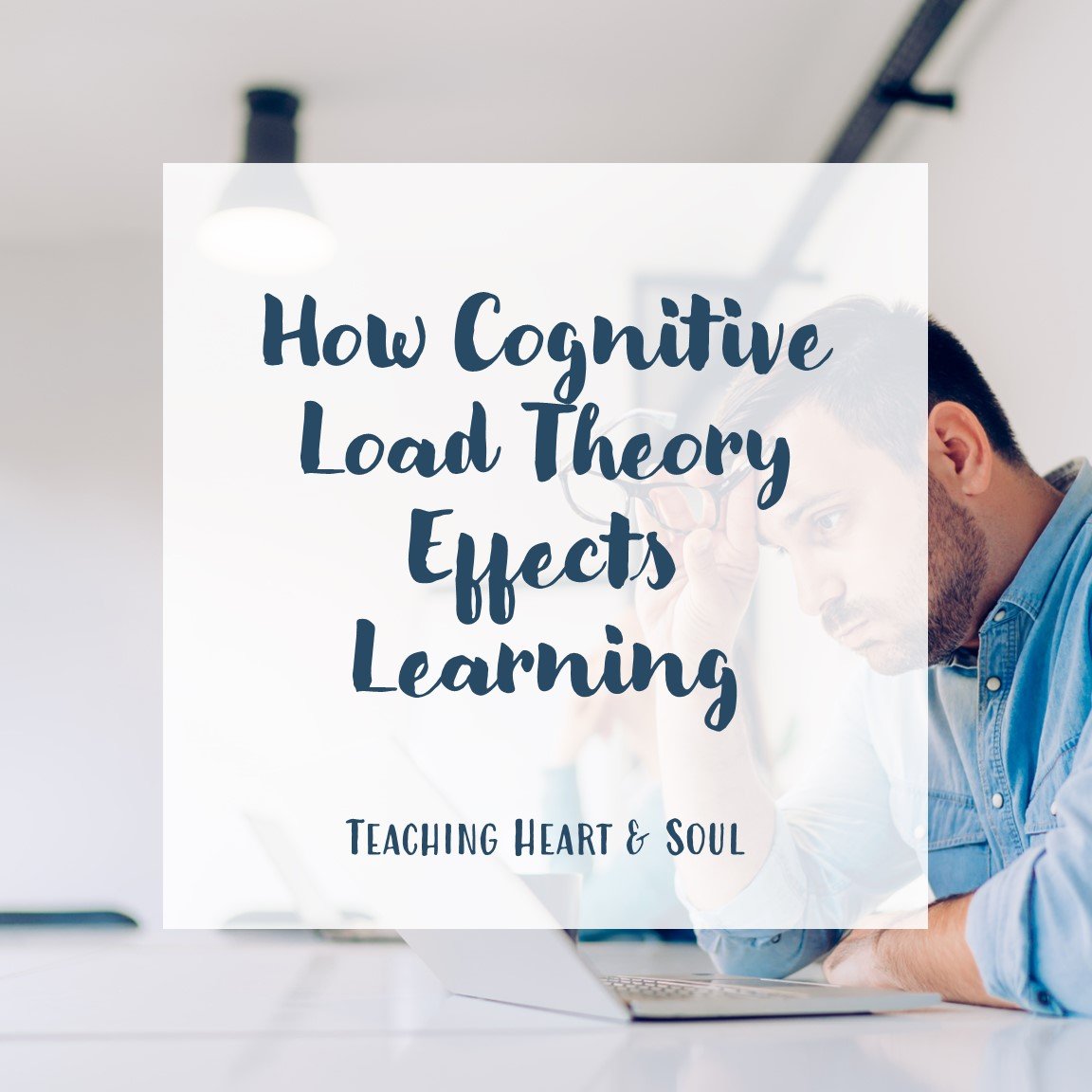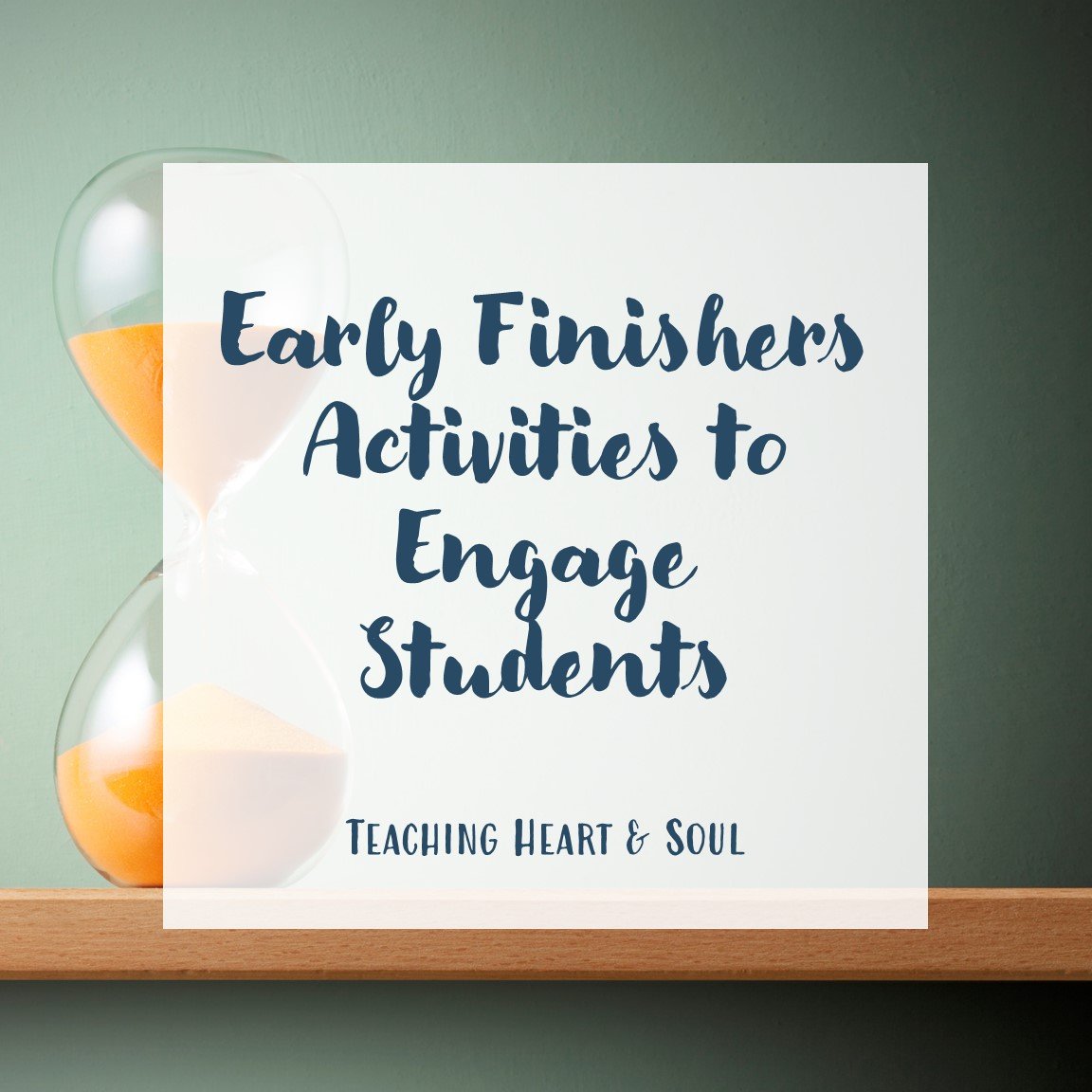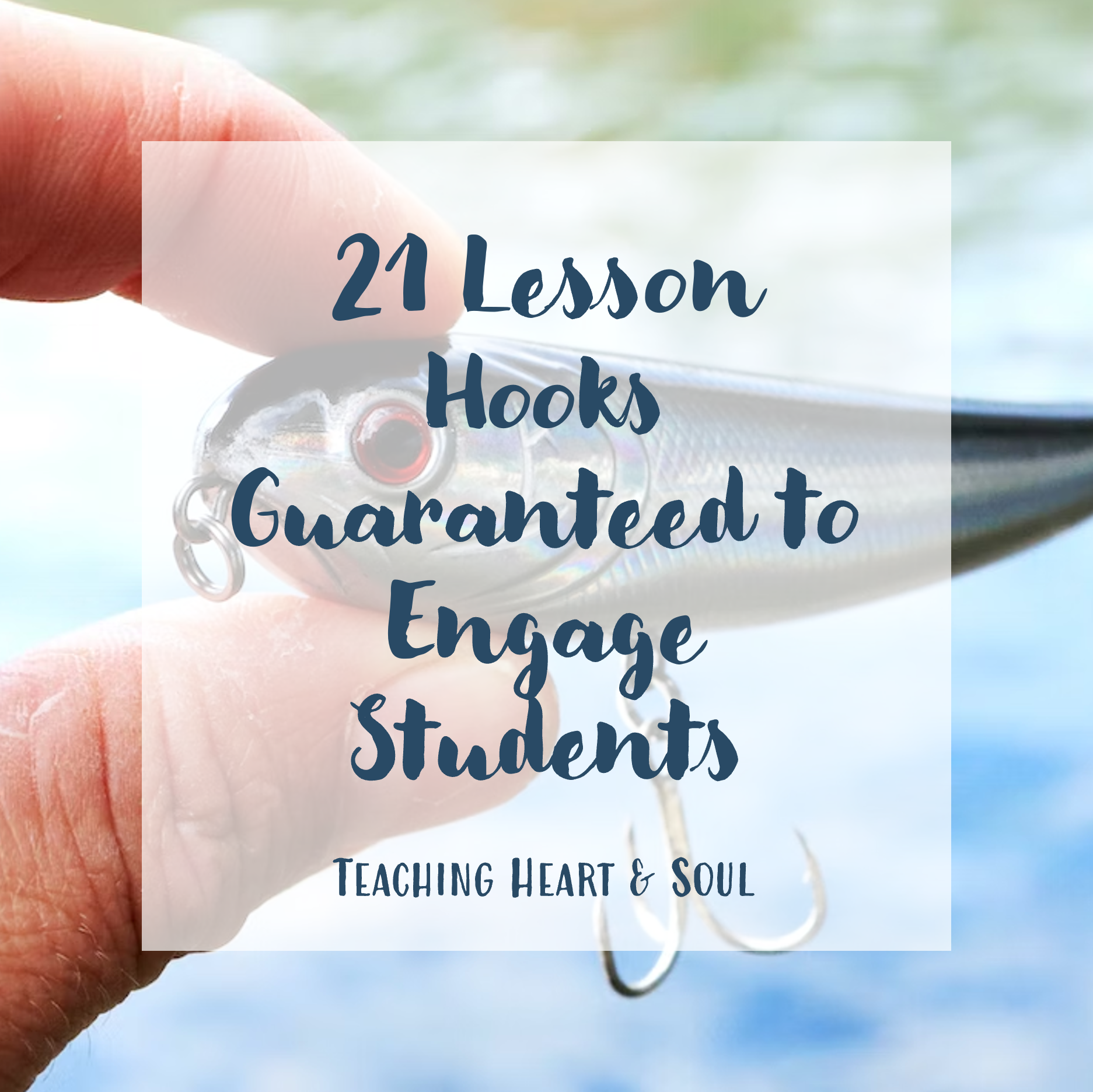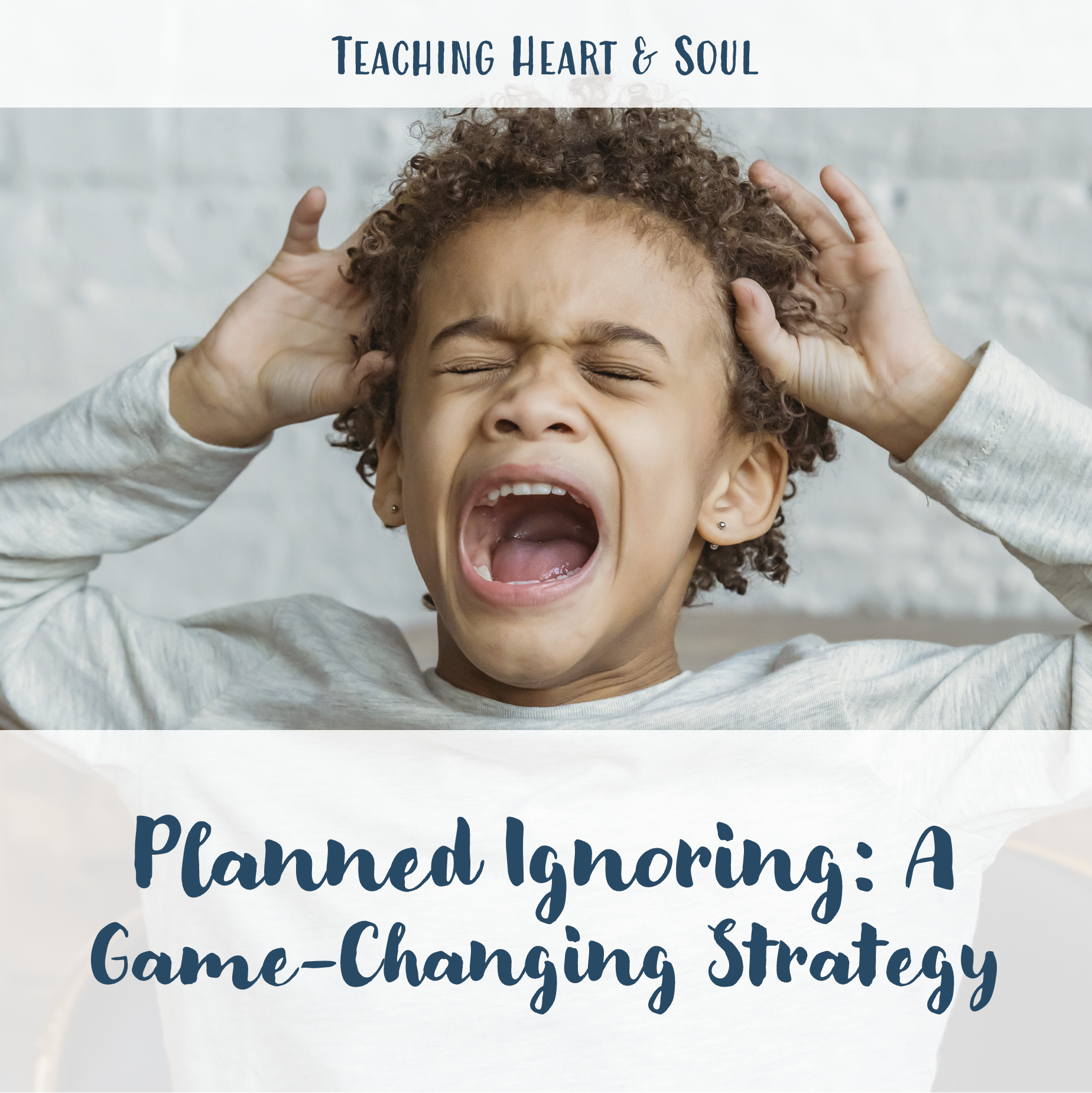
I’m glad you’re here!
Take a scroll through recent posts or use the search bar to find what you’re looking for.
Recent Blog Posts

How Cognitive Load Theory Effects Learning
Cognitive load theory provides a framework for understanding how individuals process and retain information.
Instructional designers play a crucial role in optimizing learning experiences by minimizing extraneous load, aiding in managing intrinsic load, and fostering germane load through effective instructional strategies.
By aligning instructional methods with cognitive load principles, educators can enhance learning outcomes and facilitate the transfer of knowledge from working memory to long-term memory, ultimately supporting lasting retention and application of learned concepts.

Early Finishers Activities to Engage Students
Early finisher activities are a great way to encourage students to practice writing skills, research skills, puzzle skills, critical thinking, and so much more! These activities encourage students to be productive with their free time and keep students engaged so that you’re not dealing with classroom management issues while the rest of the class is finishing up.
When students finish early, they need an early finisher activity like task cards or literacy centers to complete independently. There are so many options for independent activities.
Check out 150+ ideas!

Using Bloom's Taxonomy in Learning Objectives
Educational objectives according to Bloom's taxonomy describes the cognitive processes and cognitive tasks that show students lower level skills grow into higher order thinking.
The measurable verbs attached to the major categories of the taxonomy of educational objectives help teachers create learning objectives that are specific to the learning outcomes and cognitive skills of each level.

Ways to Hook Students into a Lesson: 21 Examples
Learn about 21 engaging lesson hooks to make your lesson unforgettable!
A lesson hook in elementary school is an engaging and interactive activity, question, or prompt that is used at the very beginning of a lesson to capture students' attention and spark interest in the topic. It is a tool that many teachers use to begin a lesson in an engaging way and get kids invested in the learning process by creating a sense of excitement and curiosity about the topic.







11 Strategies to Engage with Students
Our students get bored when we lecture them about a topic. Find 11 different ways to engage your students in their learning. Use these strategies to make learning interesting again and get your students involved in the process. Some of the examples of the strategies talked about in this article are active learning, collaborative learning, game-based learning, and lesson hooks.



Planned Ignoring: An Intervention Strategy for Inappropriate Behavior
Planned ignoring is a great strategy to use with students who exhibit attention-seeking behavior, especially temper tantrums or similar problem behavior.
If a student is misbehaving to get your attention and they’re safe, planned ignoring can be the best way to respond to that child.
This attention-seeking behavior is designed to get attention, even negative attention will do. The best way to end this behavior completely might be to ignore it.
I’ve had great success with planned ignoring with temper tantrums in a first-grade class, but it can be used with tattling and goofing off too, depending on the situation.






